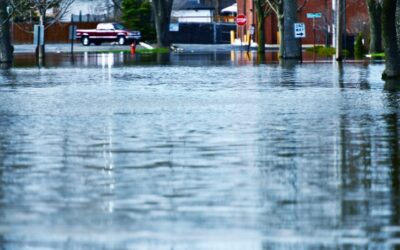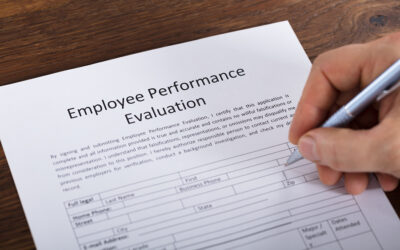The 2017 hurricane season has already experienced two catastrophic storms. Current insurance industry data indicates that losses from Hurricane Harvey’s winds and storm surge in Texas could total over $2 billion. That figure does not include losses from the catastrophic flooding that resulted from the torrential rain that followed in the storm’s wake. Hurricane Irma wreaked havoc and caused flooding across the Florida peninsula and extended into several other states. Early estimates indicate that insurance losses associated with Hurricane Irma could total over $20 billion.
After a major storm, it is understandable that self-storage facility owners want to inspect the property as soon as possible to assess the damage. Likewise, tenants are concerned about their stored goods and want to get into their rented units quickly. However, floods are inherently dangerous situations, and the hazards don’t always recede along with the water level.
Safety Is Your Priority
If a self-storage operation experiences a flood, it is imperative to take all necessary precautions to ensure the personal safety of employees and customers. A particular concern is electrocution. After exposure to contaminated flood water, electrical equipment and wiring may malfunction and can be very dangerous if they are powered up without proper evaluation and reconditioning by qualified professionals.
In addition to the danger of electrocution, flood-damaged areas are at risk for many other hazards including structural damage to buildings and roofs, gas leaks, fire, hazardous chemicals and substances in contaminated flood water, hidden obstacles that may cause bodily injury, and the presence of snakes and other animals. It is also critical to keep in mind the safety of the operation’s employees and other workers during the cleanup effort as well as the support the facility’s staff and their families may require during this time.
Flood Safety Tips
Safety information and tips for recovering from a flood are available at these websites:
Occupational Safety and Health Administration (OSHA)
www.osha.gov/dts/weather/flood/index.html
Federal Emergency Management Agency (FEMA)
National Institute for Occupational Safety and Health (NIOSH)
www.cdc.gov/niosh/docs/94-123/
National Weather Service
Mike Schofield
President and CEO




